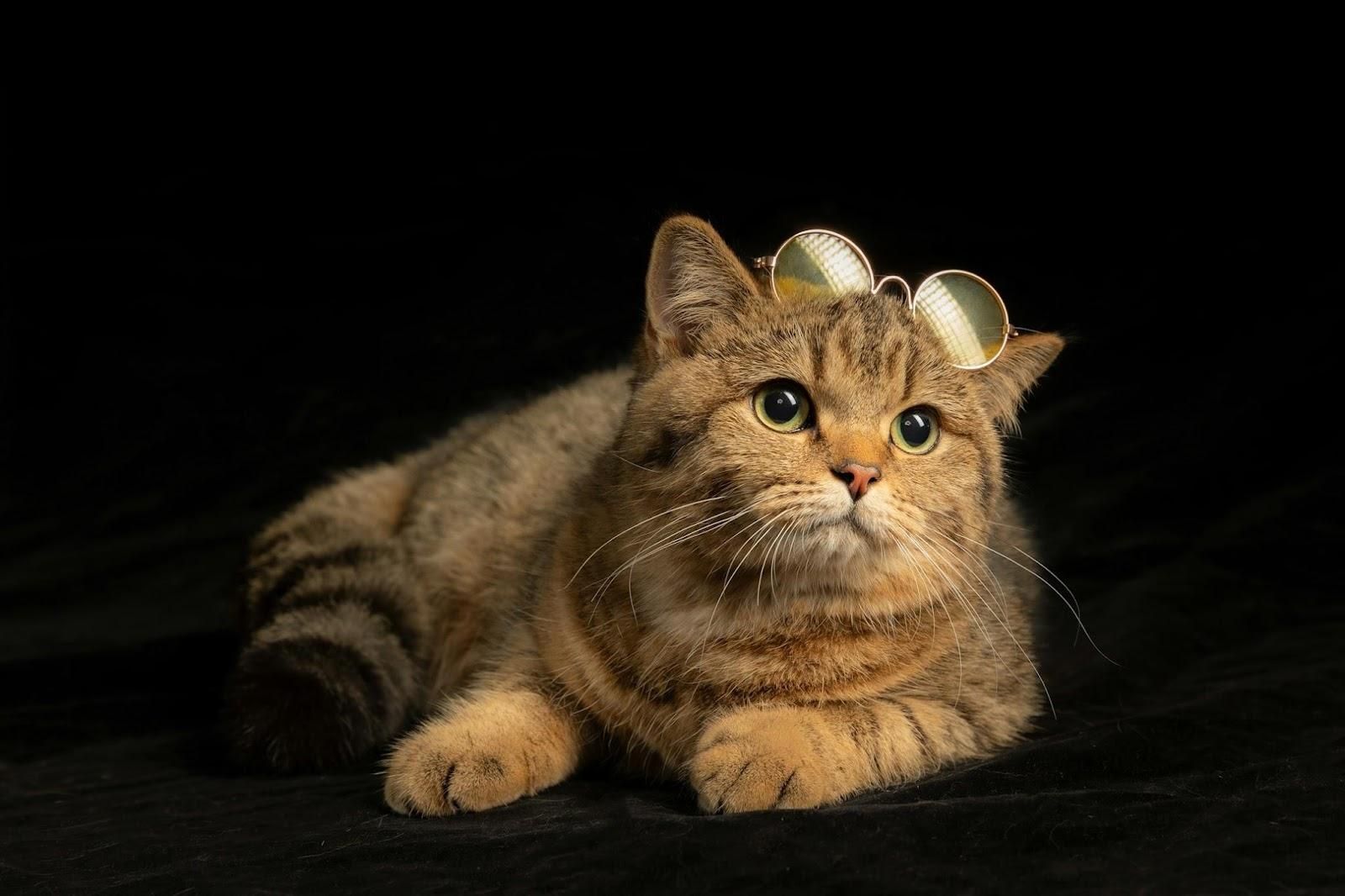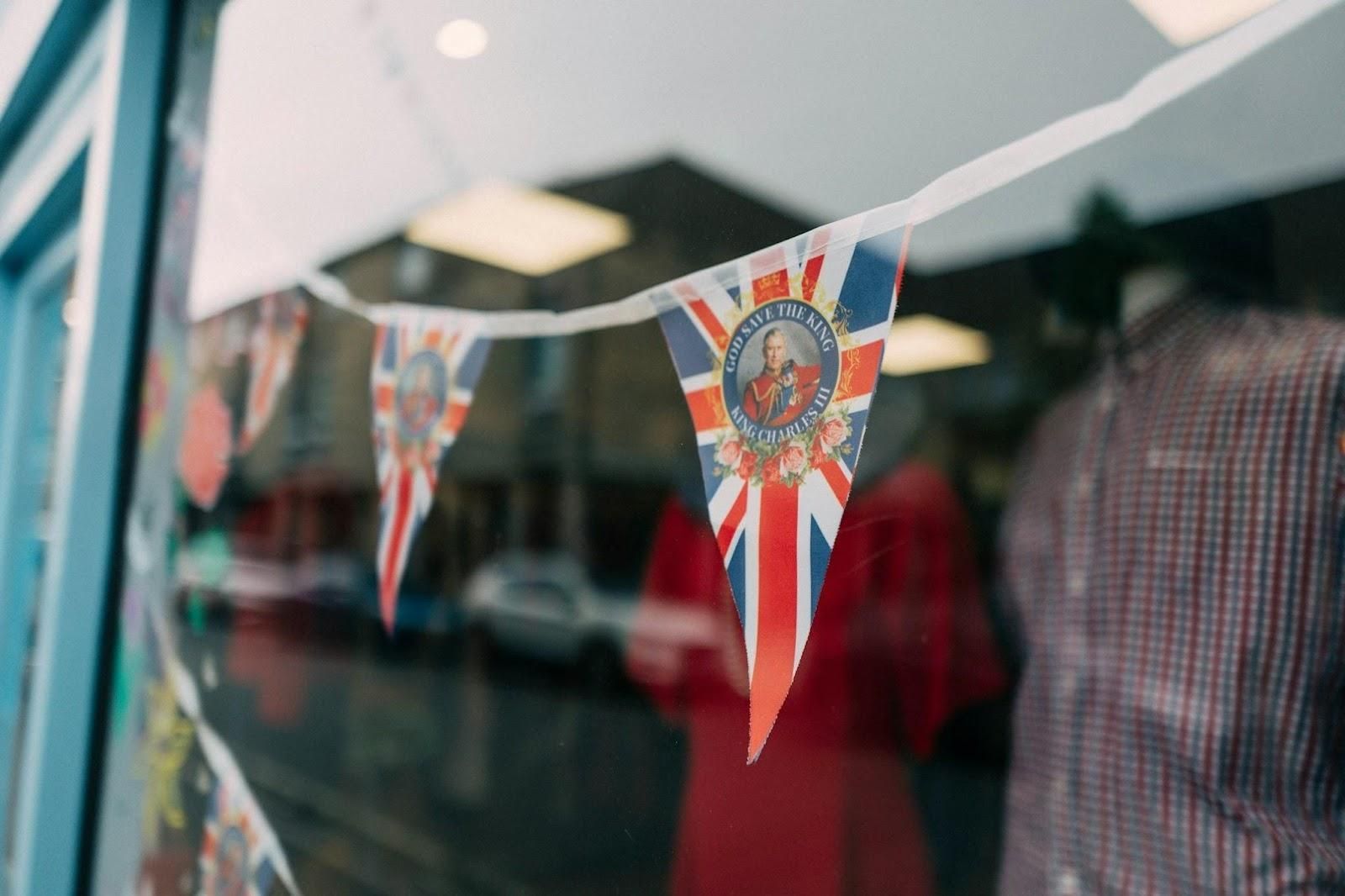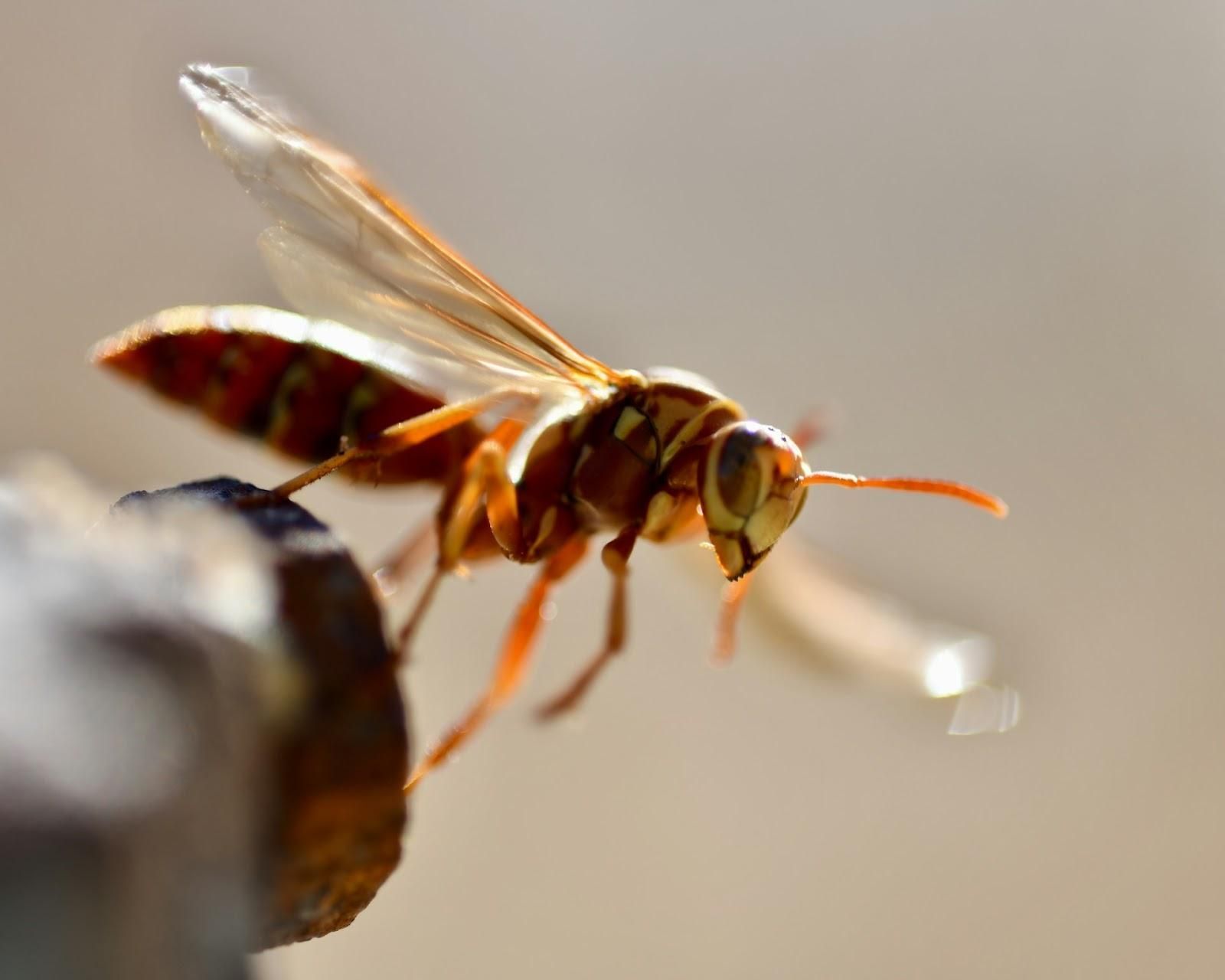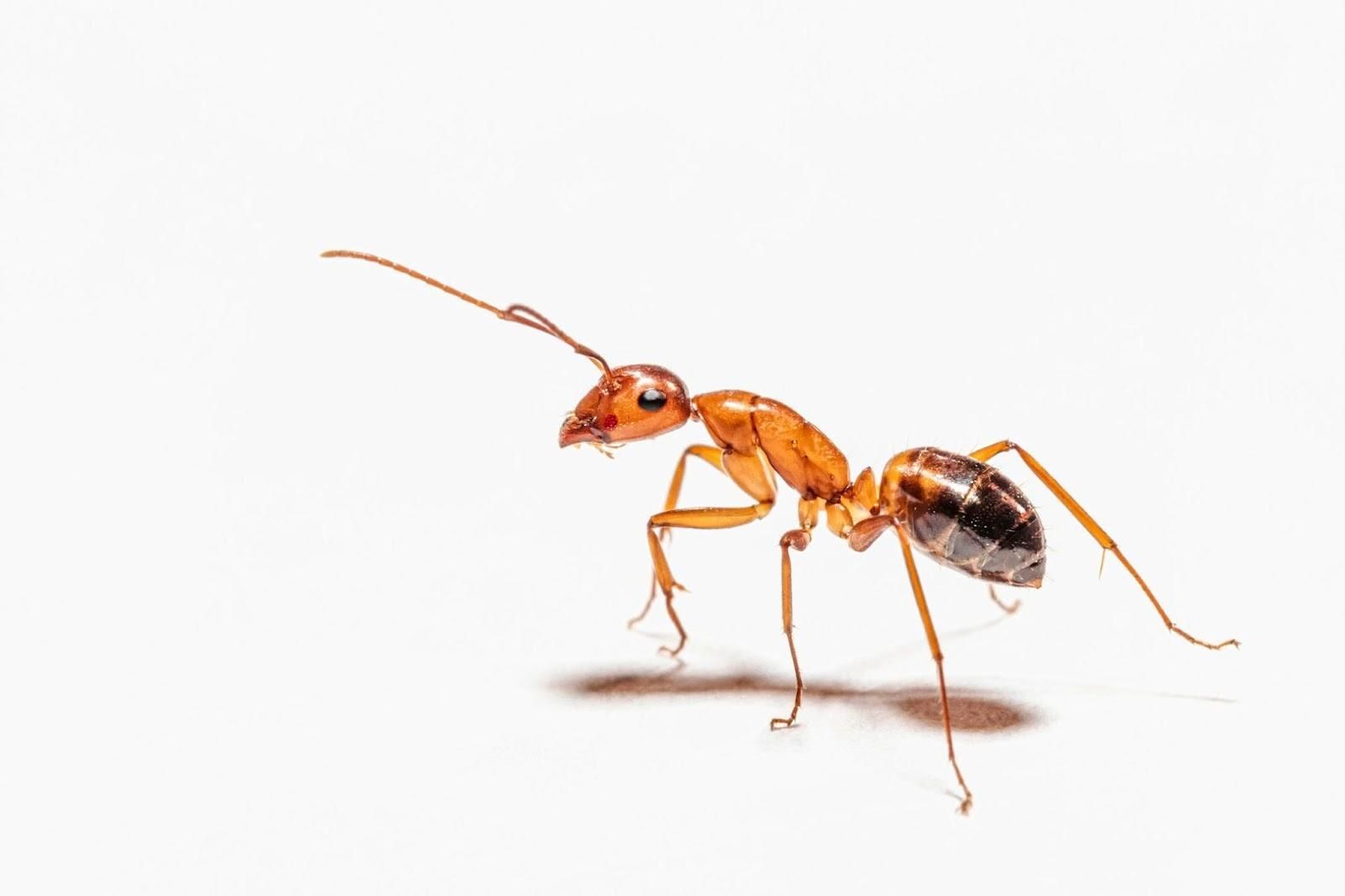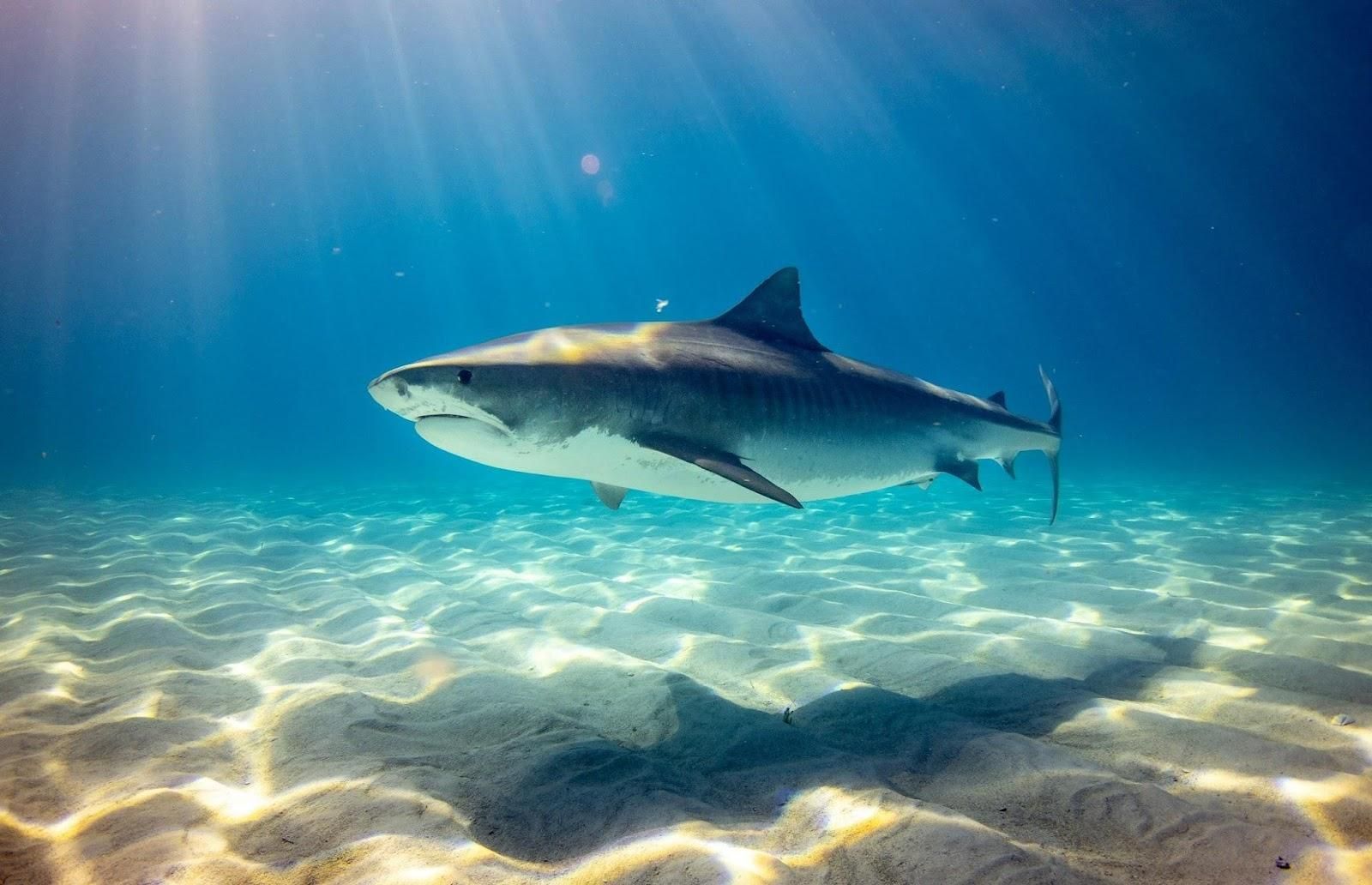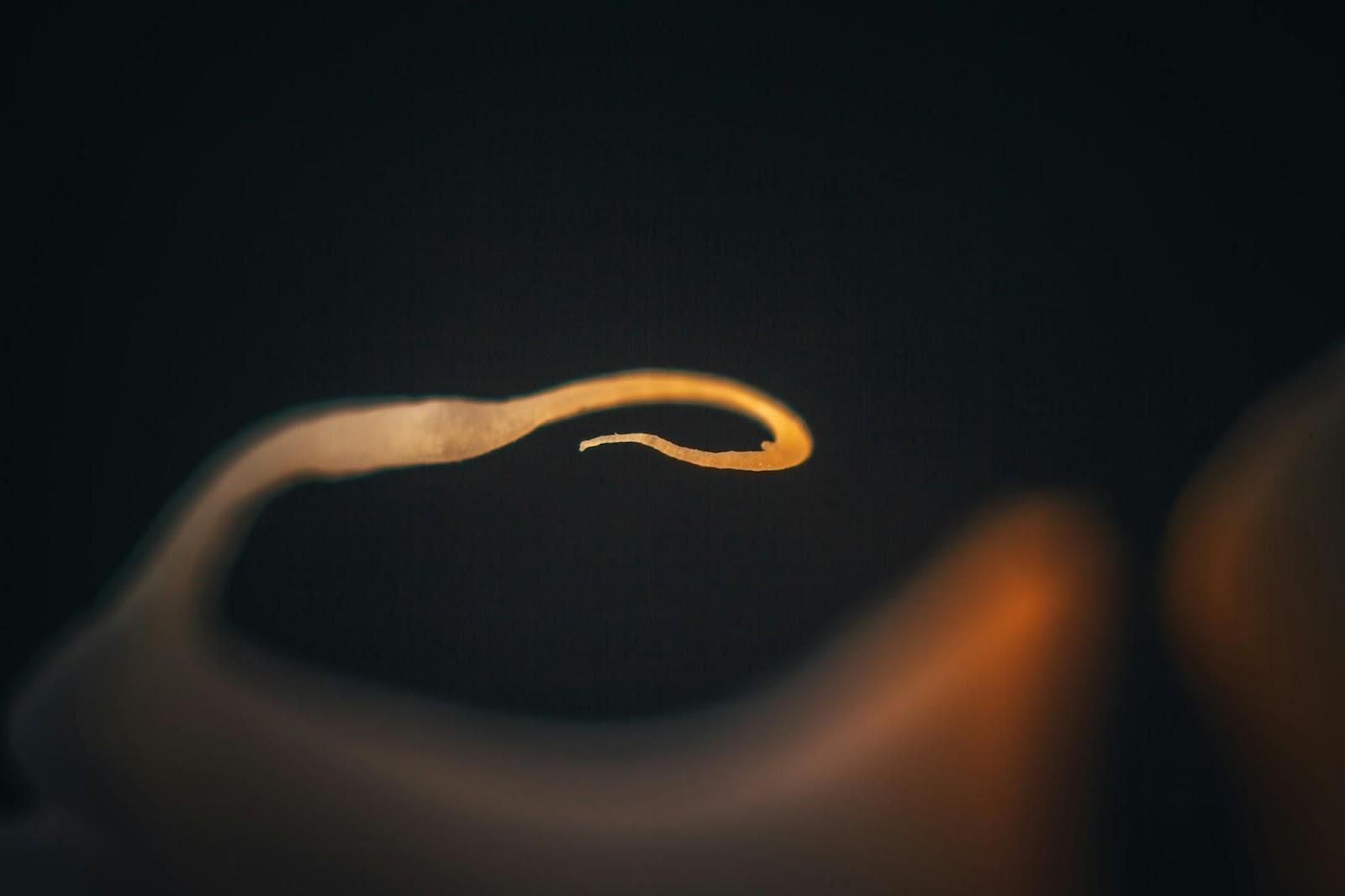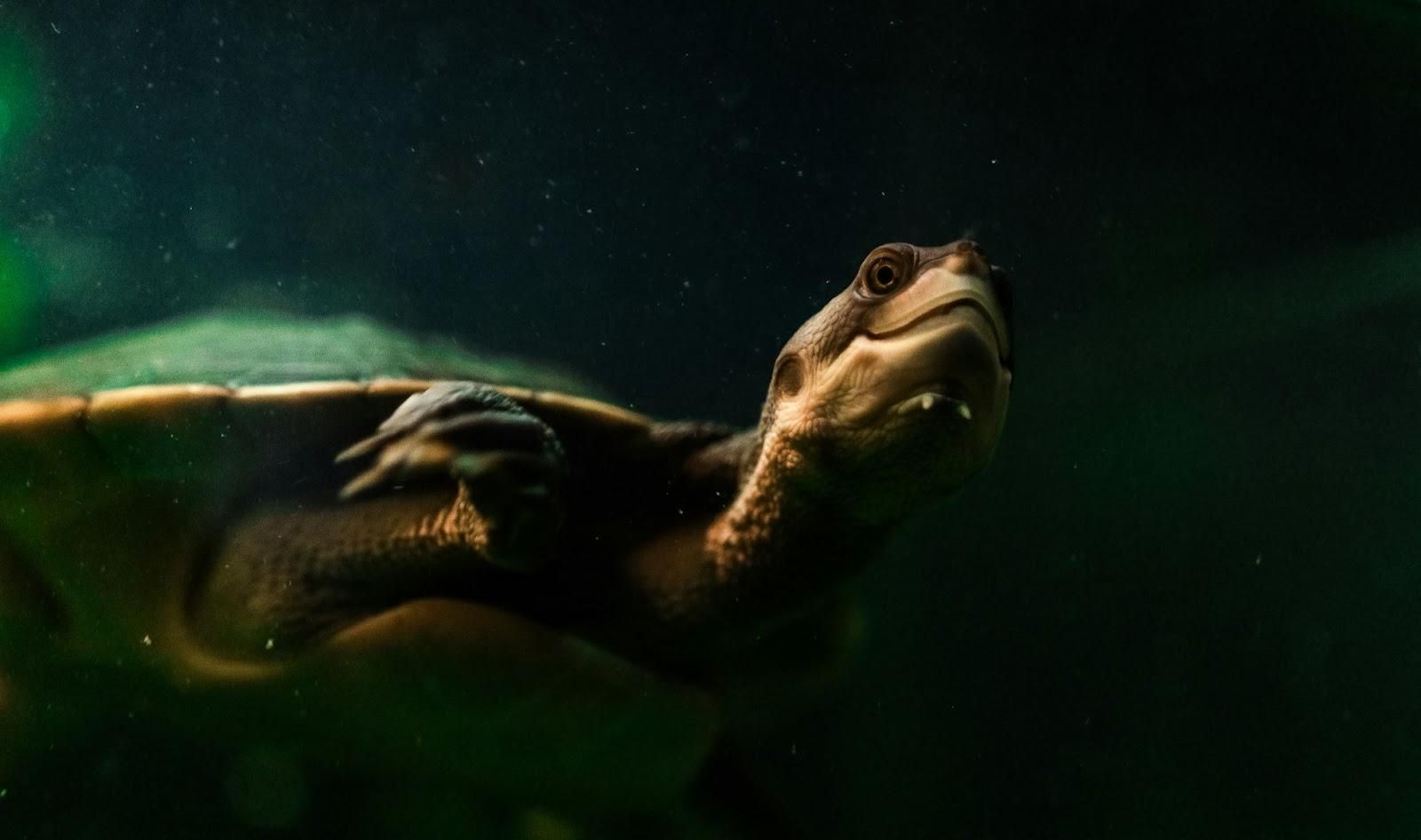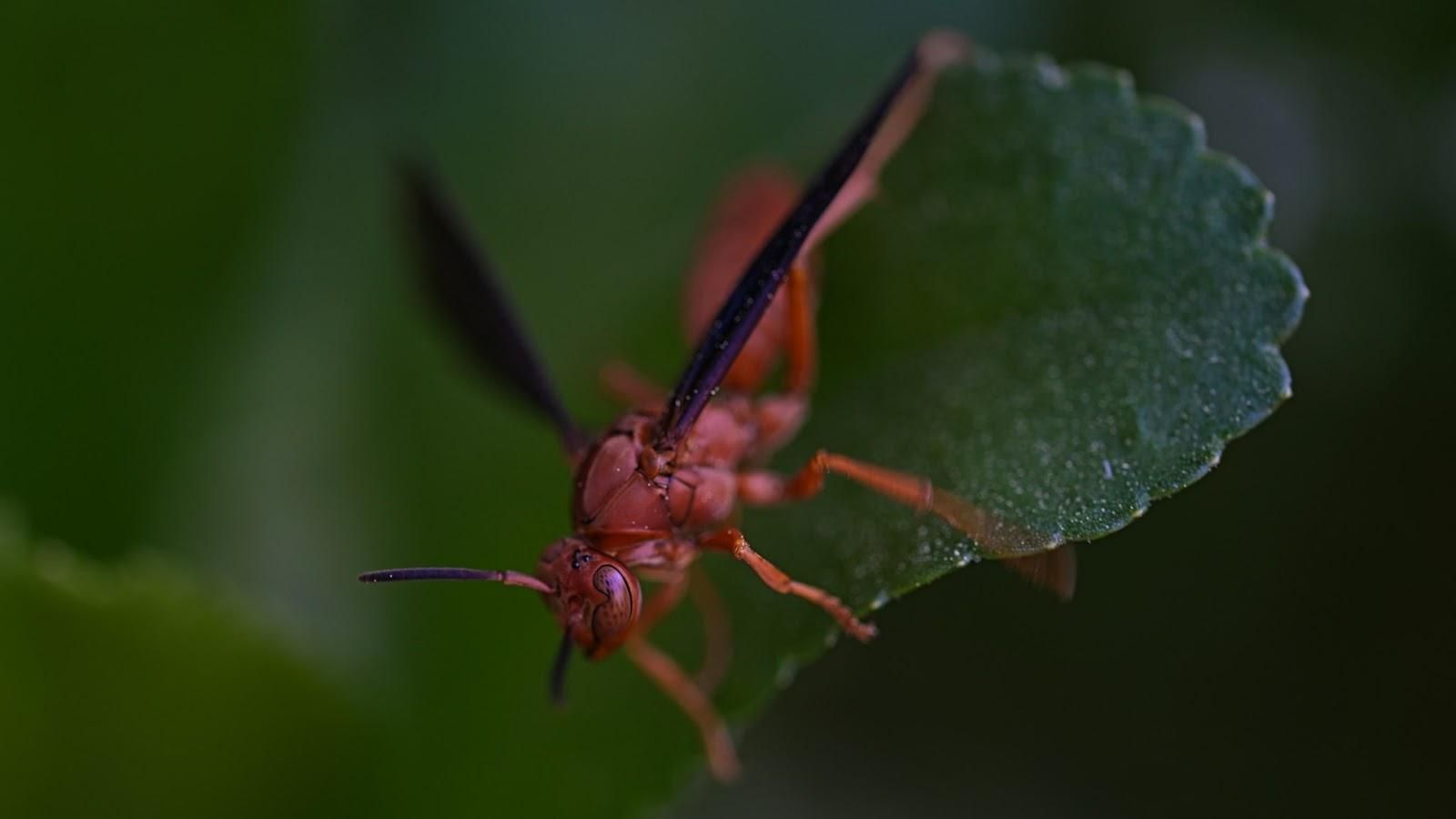Prep like a pro
MacGyver would be proud: 10 survival tools you can build yourself
Published on September 20, 2025
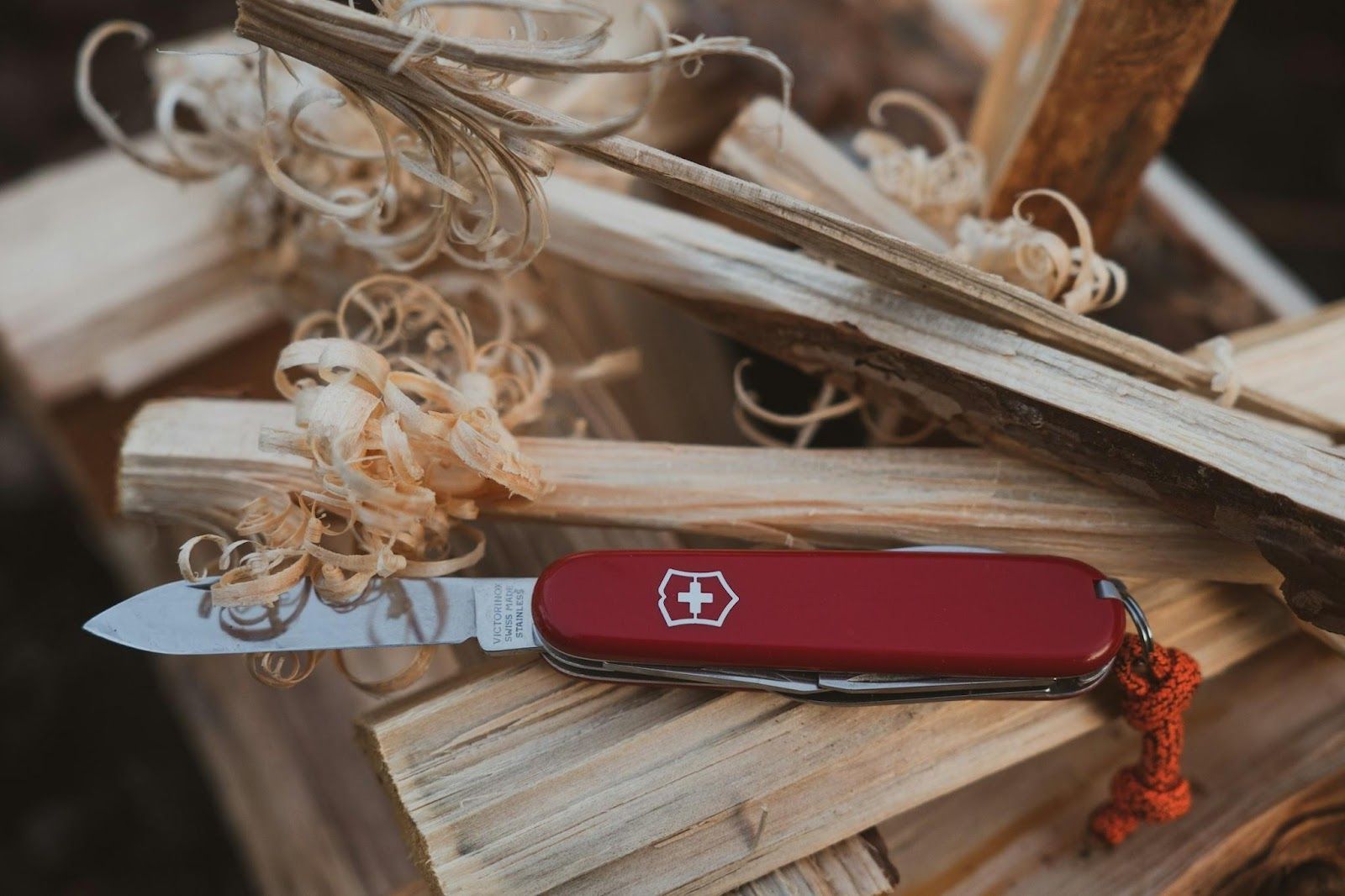 Credit: Maciej Karoń
Credit: Maciej Karoń
People have survived in the wilderness for millennia, long before modern survival gadgets were mass-produced for convenience. And when it comes to building your own survival kit, there’s no need to head to the store! With some basic supplies lying around, you can create everything from a reliable alcohol stove to a life-saving rope. Stick with us to discover 10 survival tools you can craft yourself!
Pocket-sized stove
 Credit: Joseph Sharp
Credit: Joseph Sharp
Did you know you can turn a simple tin can into a portable stove? Adventurers have known this for decades: it’s extremely easy to create a very reliable alcohol stove just by cutting a series of holes near the top of an empty can. If alcohol isn’t your fuel of choice, simply cut an additional hole near the bottom for ventilation, and voilà—you have an efficient mini wood stove for twigs and tinder.
Any type of tin can will work, but soda cans are particularly easy to cut, making them a great option if you’re in a hurry (though they do require a more careful design to ensure sturdiness). Despite their delicate appearance, these stoves can last through years of heavy use. And the best part? If it ever breaks or stops working, you can make a new one in under a minute
Fire starter kit
 Credit: Louis Moncouyoux
Credit: Louis Moncouyoux
You’ve got the stove—great. But how are you going to get a fire going in the first place? You’re not truly prepared for survival until you have a reliable way to light a fire. That’s where a fire-starting kit comes in handy. Fortunately, making one is easy, and you don’t need anything out of the ordinary.
By combining cotton balls with petroleum jelly (like Vaseline) and storing the treated cotton in a waterproof container—such as a small metal canister—you create a highly flammable fire starter. It burns much longer than dry tinder and can help you get a fire going even in tough weather conditions. Don’t have petroleum jelly? You can use wax the same way—just melt it first!
Solar water purifier
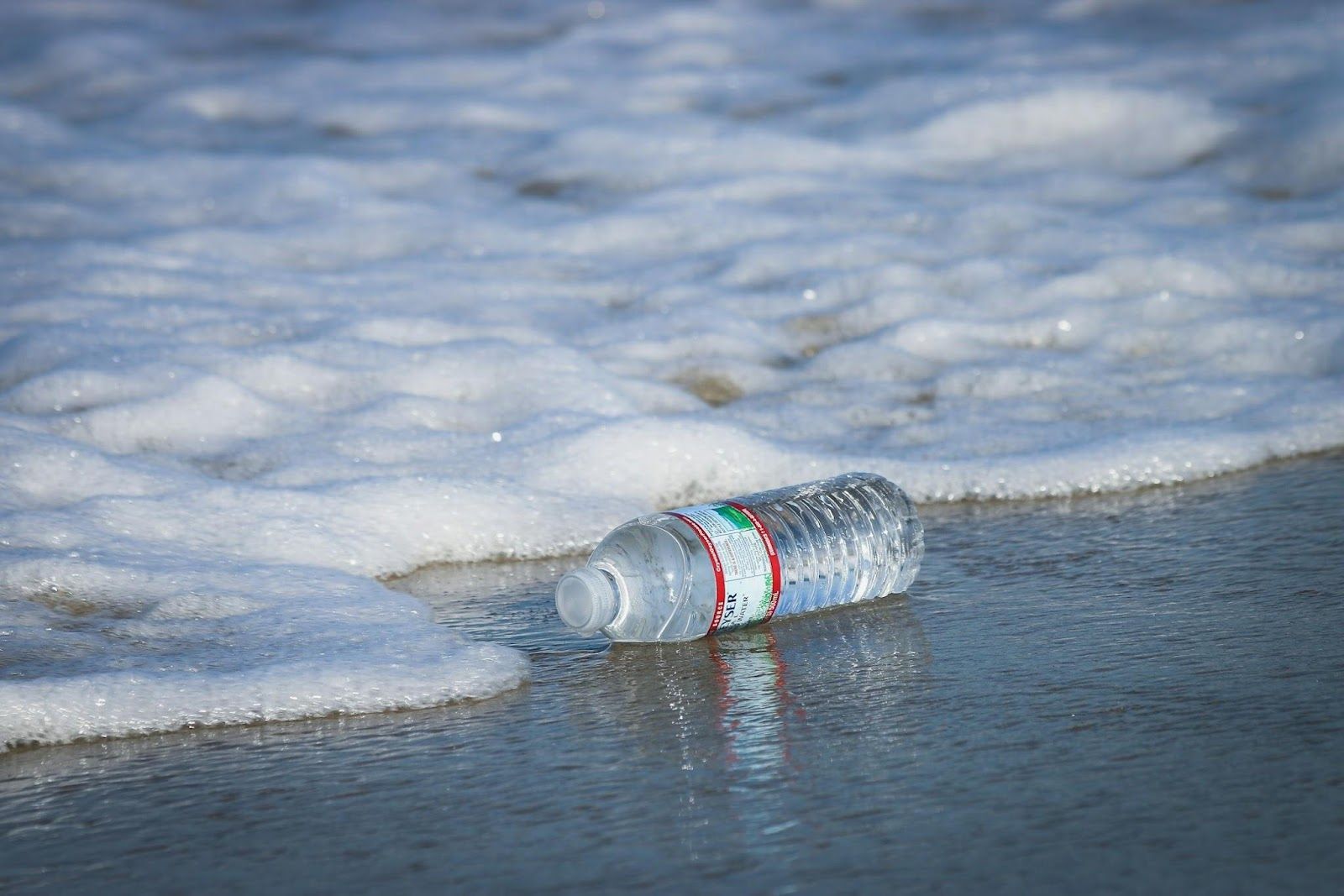 Credit: Brian Yurasits
Credit: Brian Yurasits
You’re not going to get far without access to clean water—that’s for sure. But don’t worry, we’ve got you covered! With just a clear plastic bottle and sunlight, you can make a simple (and hopefully not too dirty) solar water purifier. Fill the bottle with clear water and leave it in direct sunlight for at least six hours to eliminate most harmful pathogens.
This method, known as the SODIS (Solar Water Disinfection) technique, uses UV radiation and heat to kill bacteria, viruses, and parasites. It’s recommended by the World Health Organization for regions without access to safe drinking water. If clear water isn’t available—or if you're working with salt water—you can combine two or more bottles to create a solar-powered distiller. It’s a great trick for surviving, even if you’re stranded at sea!
Duct tape rope
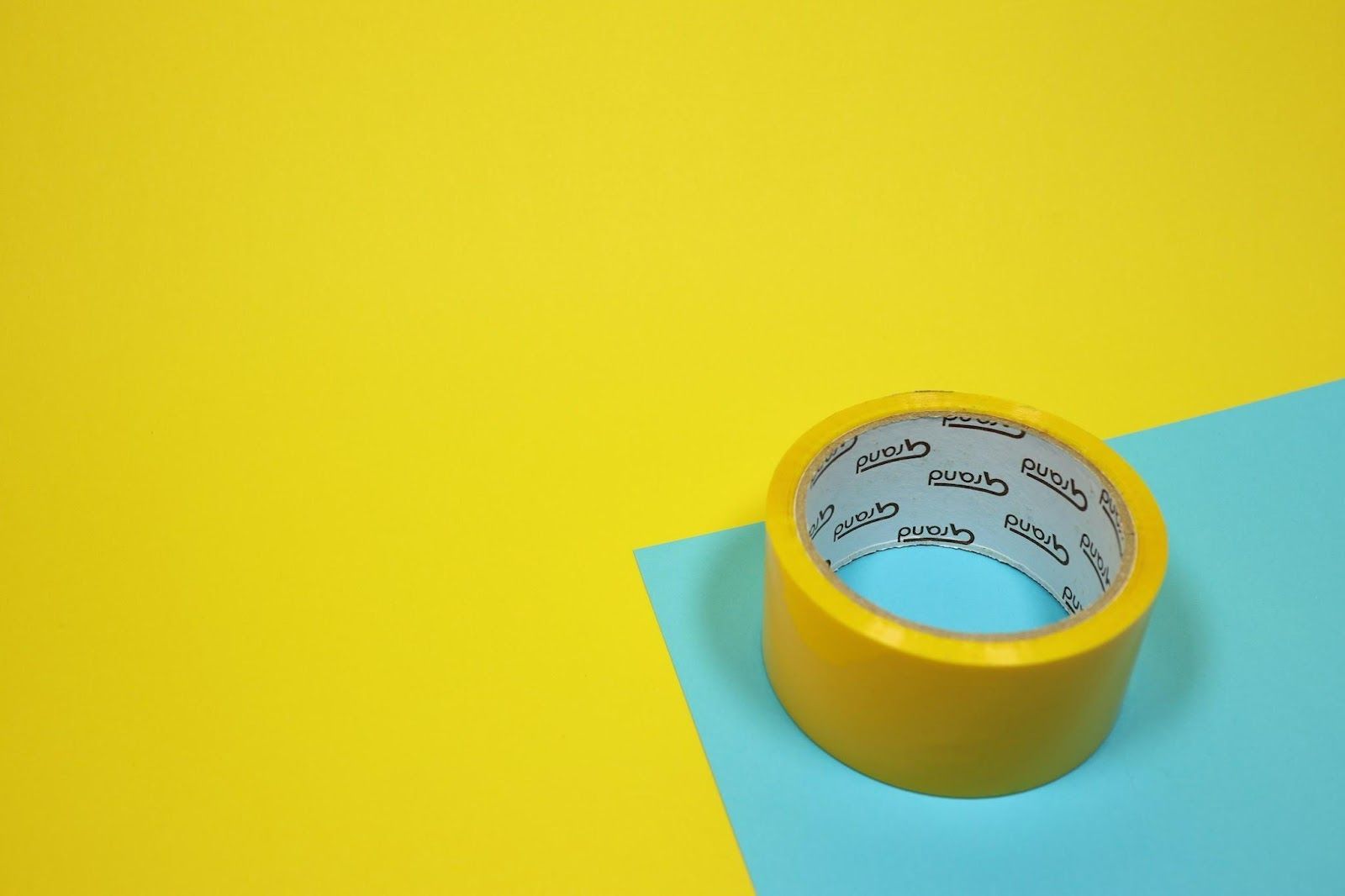 Credit: Lucas Dudek
Credit: Lucas Dudek
Don’t have rope—but somehow have a ton of duct tape? You’re in luck, because humanity’s most versatile adhesive can save the day. By tightly twisting strips of duct tape together, you can create a surprisingly durable rope capable of supporting a significant amount of weight.
And while we’re probably preaching to the choir here, it’s worth repeating: always carry a roll of this miracle tape. It has countless uses, from sealing packages to repairing tent seams, or even fixing torn clothes.
Homemade compass
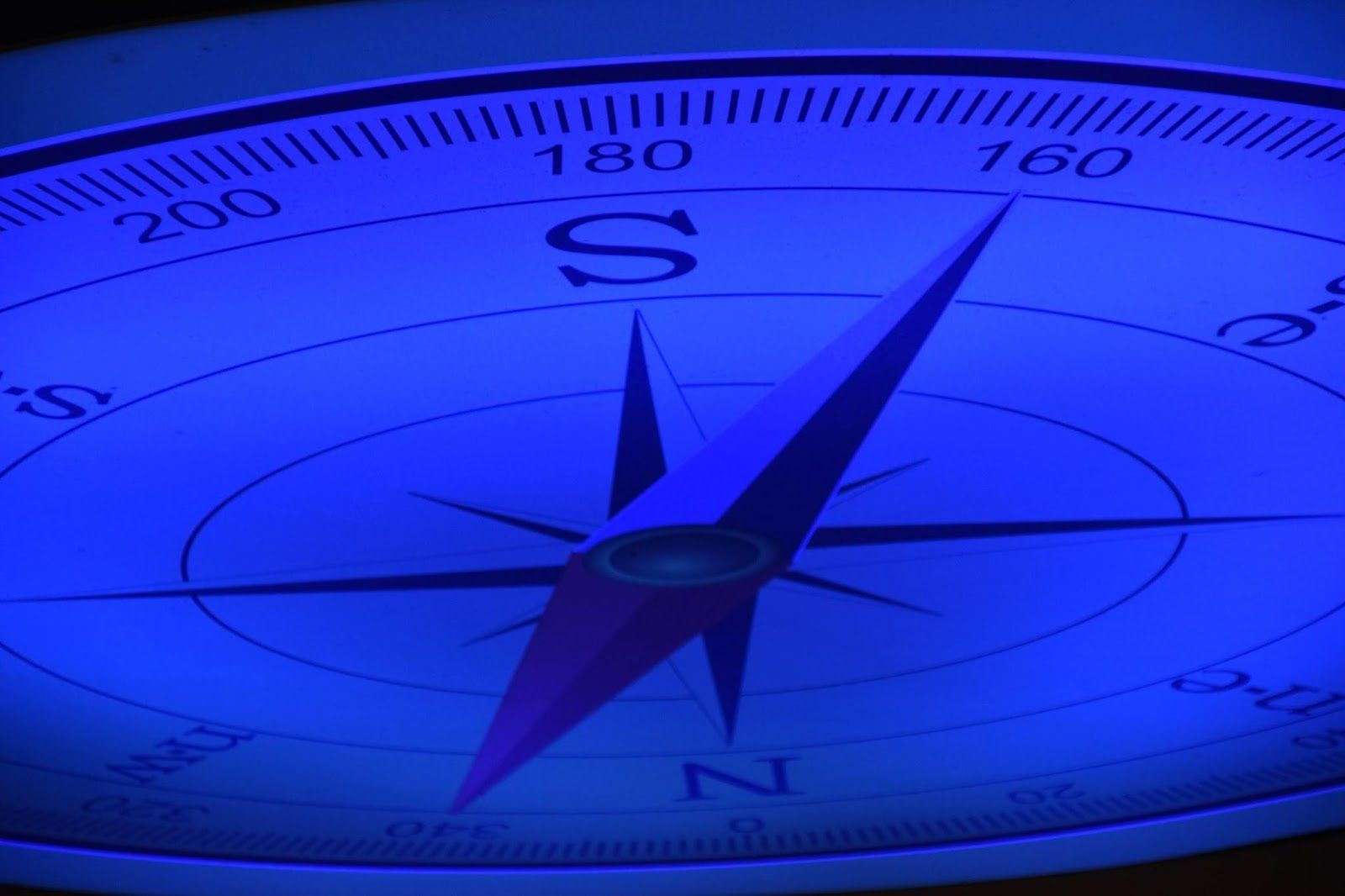 Credit: Waldemar
Credit: Waldemar
Compasses often seem more complicated than they really are. If you ever need one, you can quickly make your own using just a magnet and a needle. Start by rubbing the needle against the magnet to magnetize it. Then float the needle on a small piece of cork (or even leaf or paper) in a bowl of water.
The needle will align with Earth’s magnetic field, pointing north. While it won’t be as precise or durable as a professional compass, it’s a handy tool for navigating unfamiliar terrain!
Paracord survival belt
 Credit: ilgmyzin
Credit: ilgmyzin
Ever wonder why so many outdoor enthusiasts swear by paracord? It’s because it’s incredibly versatile and remarkably durable. Paracord is lightweight yet impressively strong, often rated to hold up to 550 pounds. Plus, it can easily be transformed into a multipurpose survival tool.
By weaving paracord into a belt or bracelet (it also makes a cool watch strap), you’ll always have high-quality rope on hand. In emergencies, it can be quickly unraveled and used for building shelters, making fishing lines, or securing gear.
Signal mirror
 Credit: Kelly Sikkema
Credit: Kelly Sikkema
A signal mirror is an often overlooked but vital part of a wilderness survival kit. These mirrors can reflect sunlight over long distances, helping you attract attention from rescuers or other hikers, potentially saving lives in an emergency.
You can skip the DIY route if you have an old pocket mirror lying around. But if you’re feeling resourceful, take a small, smooth piece of metal or shiny plastic, clean it, and polish it until it’s as reflective as possible. For extra utility, if the material is malleable, you can even reshape it into a basic parabolic mirror to help start a fire!
Emergency whistle
 Credit: Firas Wardhana
Credit: Firas Wardhana
Another way to attract rescuers—or anyone nearby—in an emergency is by making noise. But over long distances, yelling often isn’t enough. That’s where an emergency whistle comes in handy. If you forgot to pack one, you can easily make your own using an empty plastic pen.
Start by removing the front section of the pen, including the tapered plastic tip and the ink cartridge, leaving only the main barrel and back cap. Then, use a knife to cut a small angled notch near the back of the pen, trimming off part of the end cap. That’s it! Blow through the open end to produce a loud, attention-grabbing sound.
Fishing kit in a can
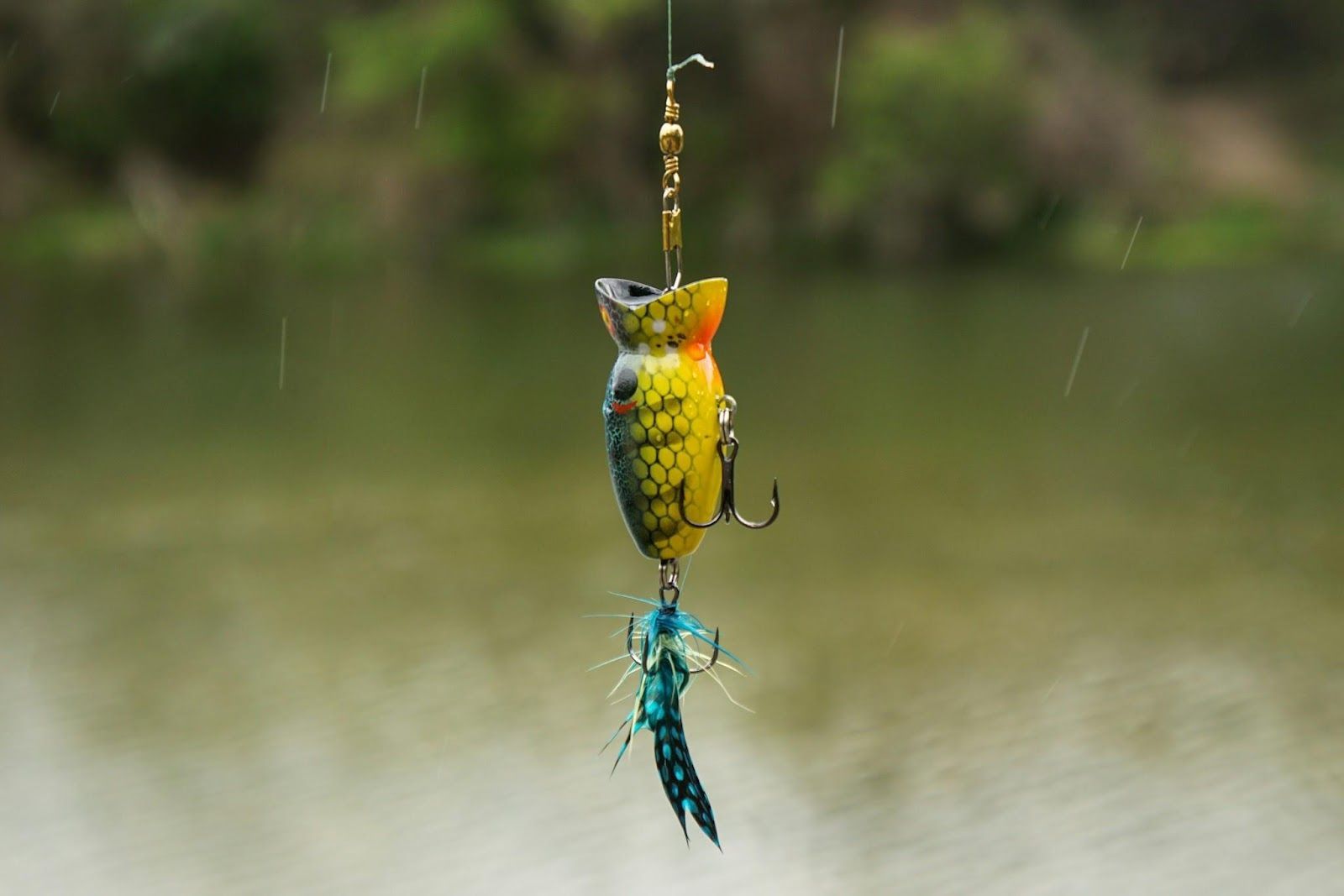 Credit: Thomas Park
Credit: Thomas Park
You get the idea: fill a small tin can with hooks, fishing line, and sinkers. It’s one of the easiest survival tools to assemble, especially if you already have basic fishing gear. If there’s still room in the container, consider adding bait alternatives like artificial lures or even small strips of aluminum foil to complete your portable fishing kit.
This compact setup is perfect for any survival situation near a water source. Or maybe you just enjoy fishing on the go. Either way, it’s always a smart idea to keep one in your backpack.
Trash bag poncho
 Credit: Kyler Boone
Credit: Kyler Boone
Who hasn’t escaped an unexpected downpour cloaked in one of these? The classic trash bag poncho is a portable shelter for those who either forgot their rain gear or just prefer not to carry extra weight.
It might not look very stylish, but who’s to say it wouldn’t turn a few heads during Fashion Week? Most importantly, plastic is super effective at repelling water, and its lightweight nature makes it perfect for a survival kit. It can also double as a ground cover or a small tarp in a pinch.
